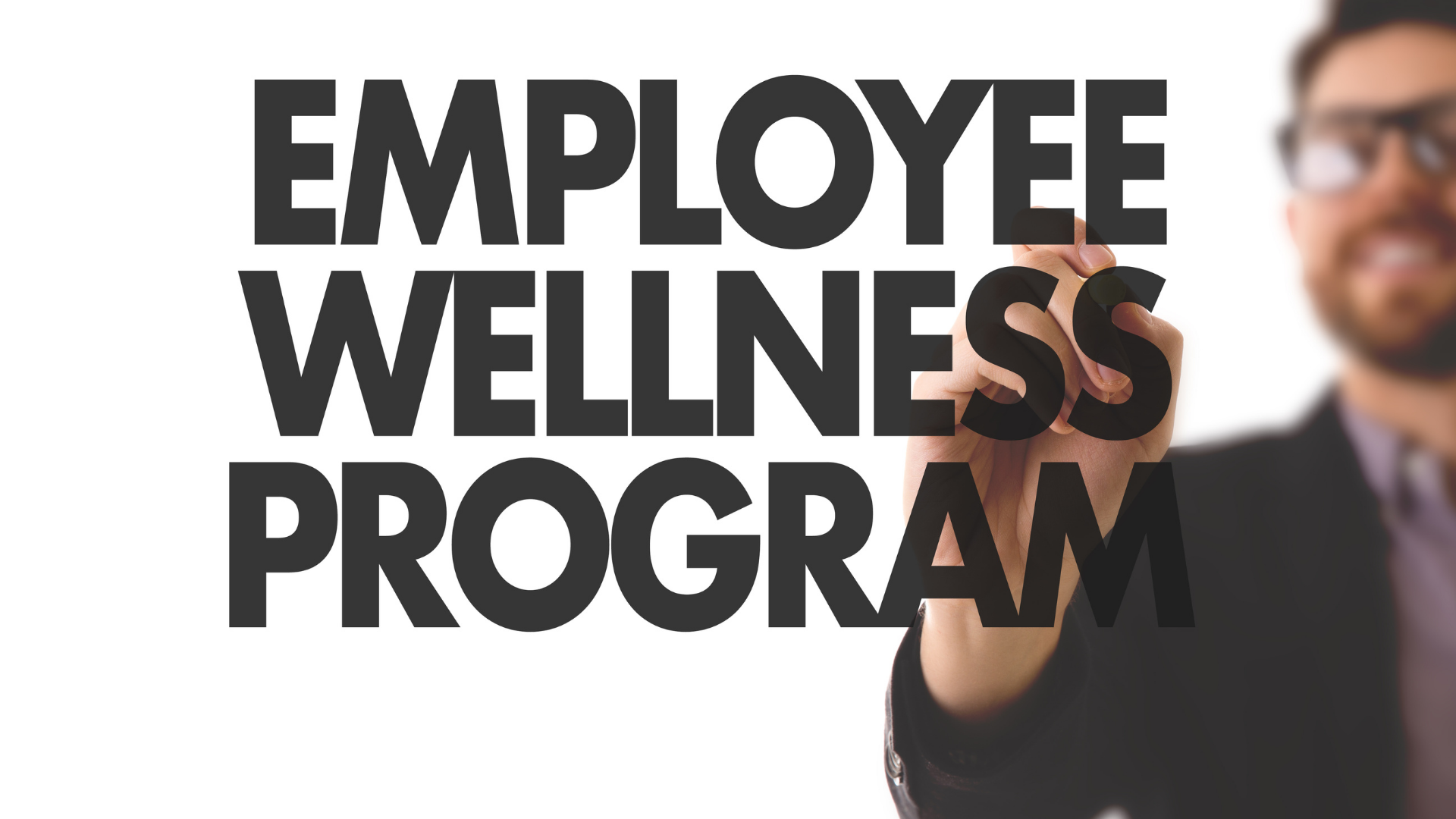Facilitators. Trainers. Educators. Leaders. One thing unites them all – the ability to hold the attention of a crowd. Whether you’re speaking to new hires during induction, facilitating a team-building workshop, or energizing a senior leadership summit, your success often depends on how well you can manage, guide, and inspire a group.
And let’s be honest – this isn’t always easy.
We’ve learned that the true skill of crowd control doesn’t lie in dominance or commanding authority. It lies in something more subtle: the art of teaching without teaching.
This post explores techniques we’ve picked up (and field-tested) over the years – tools that facilitators, L&D professionals, and people managers can use to handle a group with confidence, empathy, and impact.
The Silent Skill That Defines Impactful Facilitators
Table of Contents
At the heart of every great facilitator is one trait: presence. Not the kind that demands attention with volume, but the kind that draws people in with intention.
In our sessions, we often ask new facilitators: “How do you teach a group to listen, follow, respond – without explicitly telling them to?”
This is where the concept of “teaching without teaching” becomes relevant.
What Does “Teaching Without Teaching” Actually Mean?
It means embedding cues into your facilitation that guide behavior without constant instruction.
Instead of “Please be quiet now,” imagine creating a sound cue that everyone automatically associates with silence.
Instead of “Can I get everyone’s attention?”, imagine a group that naturally re-centers when you raise your hand.
Instead of “Let’s stay on task,” imagine creating such engaging momentum that no one wants to veer off track.
This isn’t magic. It’s design. And according to us, every facilitator can build this toolkit.
Related Reading: 5 Tips for Facilitating Large Group Meetings
The Techniques: How to Handle a Crowd (Without Raising Your Voice)
Here’s a collection of methods we’ve seen work – across industries, age groups, and group sizes.
1. Punctuating Sounds: The Power of Auditory Anchors
Think: whistle, chime, clap, bell – or even a consistent hand gesture followed by a sound.
In our experience, the success of a sound cue depends entirely on how it’s introduced. If the group doesn’t understand the cue from the start, they will ignore it mid-session.
Pro Tip:
At the start of the session, say something like:
“When you hear this chime (or whistle), it’s a signal to pause and listen. Let’s try it once together.”
From there, you build response conditioning through consistent use.
Related Reading: 5 Tips To Facilitate An Online Session With Ease
2. Call and Response: Creating Instant Group Attention
This is one of our favorite techniques in large-group interventions. A classic example:
Facilitator: “When I say Focus, you say U! Focus …”
Participants: “U!”
Done right, this method is fun, engaging, and a great energy reset. It also gives the group a collective role – which builds connection and lightens the mood.
We’ve even had facilitators create custom chants based on team names, brand values, or internal mottos.
Variations:
- Claps (“1, 2, 3 — clap clap!”)
- Phrases (“Team says…” “Let’s go!”)
- Riddles (“What time is it?” “It’s game time!”)
Related Reading: From Lawyer to Facilitator
3. Telegraphing: Move Big, Then Move Smart
Your body speaks before your words do. If you want people to notice and respond, exaggerate your movements at key moments.
We’ve found that dramatic physical gestures paired with silence (or slowness) are incredibly effective at redirecting attention.
Example: You want the group to stop talking. You walk to the center of the room, raise your hand slowly, and say nothing. Wait. The ripple of silence follows.
In our experience, slowing down often draws more attention than speeding up.
Related Reading: What is the difference between training and facilitation?
4. Consistency: Create Rituals That Build Comfort
This one cannot be overstated.
The more consistent your cues, the quicker your group learns the “language” of your facilitation.
If you start every session with “3 deep breaths together,” keep that habit. If you use a specific phrase to transition between activities, don’t change it mid-day.
“In our team, we’ve noticed that consistent rituals – however small – become grounding anchors, especially for anxious or high-energy groups.”
Consistency also builds psychological safety. People feel more secure when they know what to expect.
Related Reading: The Power of a Huddle
5. Multi-Sensory Communication: Engage All Learning Styles
The best facilitators design their sessions to appeal to audio, visual, and kinesthetic learners.
When giving instructions:
- Say the instruction
- Show a visual (diagram or gesture)
- Involve them in doing it
Example:
“We’ll break into groups of 4 (say). This is how it should look (show). Now get up and find your 4 (do).”
“In our experience, mismatched communication styles are one of the top reasons for activity confusion. Multi-sensory cues reduce that friction.”
Related Reading: The Invisible Facilitator
6. Name the Energy in the Room
Sometimes, the best way to get the group’s attention is to acknowledge what they’re feeling.
Example:
- “There’s a lot of buzz in the room – which means the topic is working!”
- “I can sense the energy dropping post-lunch. Let’s do a quick energizer.”
Calling out the obvious builds trust and re-establishes control in a collaborative, not confrontational way.
“Crowd control doesn’t always mean ‘quieting down.’ Sometimes, it’s about harnessing the energy that’s already there.”
Related Reading: Splitting a Team!
The Science Behind These Approaches
These techniques aren’t just intuitive – they align with key concepts in behavioral psychology and adult learning:
- Operant Conditioning: People learn through association (cue → response)
- Mirror Neurons: Groups subconsciously mirror the energy and tone of the facilitator
- Chunking: Clear, repeated signals help the brain process transitions between activities
In short: the more intentional your signals, the easier it is for the group to follow without resistance.
Related Reading: Spontaneity is Overrated
The L&D Lens: Why This Matters for Organizations
From an L&D perspective, crowd management is not just about classroom control — it’s about:
- Creating psychological safety
- Maintaining flow in sessions
- Encouraging active participation
- Ensuring transfer of learning
We’ve seen how poor crowd management can derail even the best-designed session. Conversely, when facilitators master these subtle skills, the same content feels more engaging, impactful, and memorable.
“In corporate settings, the difference between a good workshop and a great one is often in the delivery – not the content.”
Related Reading: 7 Tips for Facilitating Senior Groups
Our Reflections: What We’ve Learned from the Field
We’ve facilitated everything from small-group leadership labs to 300-person experiential offsites. And if there’s one truth we’ve seen time and again, it’s this:
“Groups don’t resist structure; they resist being controlled.”
The magic lies in setting clear expectations, offering psychological safety, and designing for autonomy within structure.
It’s less about power. More about partnership.
Related Reading: Training Vs. Facilitation – Two Different Worlds
Bonus: 7 Practical Icebreakers That Reinforce Control Subtly
- Silent Line-Up: Ask participants to arrange themselves by birthday; without speaking. Teaches non-verbal coordination.
- Mirror Exercise: Pairs mimic each other’s gestures – sharpens awareness of visual cues.
- Pass the Clap: Stand in a circle. One clap gets passed around. Builds auditory attention.
- Energy Ball: Pass an imaginary ball with sound + motion. Encourages imagination and coordination.
- Group Freeze: Music plays. When it stops, freeze! Reinforces group attentiveness.
- Whistle Game: Pre-decide actions based on number of whistle blows (e.g., 1 = stop, 2 = sit). Fun and effective.
- Call & Response Name Game: Add rhythm or chant to names — engages memory and voice.
Related Reading: Why Situational Awareness Is Important In Facilitation?
In Closing: Keep Evolving Your Facilitation Style
The most impactful facilitators we know are not the loudest or the flashiest. They’re the ones who can read a room, adjust with grace, and create moments of flow that feel seamless to the participants – even though a lot is happening under the surface.
Teaching without teaching is not about doing less – it’s about doing smarter.
So whether you’re running a team townhall, a leadership offsite, or a skill-building workshop, remember:
“The crowd doesn’t follow control. It follows clarity.”
Here’s to more thoughtful, joyful, and responsive facilitation. If you’d like help designing such experiences for your teams, you know where to find us.










